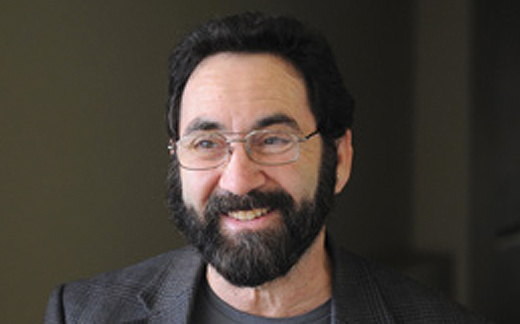
Philip Lubin
Breakthrough Starshot
Propulsion
Philip Lubin is a professor of Physics at UC Santa Barbara whose primary research has been focused on studies of the early universe in the millimeter wavelengths bands as well as applications of directed energy for planetary defense and relativistic propulsion. His group has designed, developed and fielded more than two dozen ground based and balloon borne missions and helped develop two major cosmology satellites. Among other accomplishments his group first detected the horizon scale fluctuations in the Cosmic Microwave Background from both their South Pole and balloon borne systems twenty years ago and their latest results, along with an international teams of ESA and NASA researchers, are from the Planck cosmology mission which have mapped in exquisite detail the structures of the early universe. He is a co-I on the Planck mission. His group has worked on applications of directed energy systems for both small scale single launcher solutions as well as large standoff systems for planetary defense and on applications to allow small interstellar probes. He is co-recipient of the 2006 Gruber Prize in Cosmology along with the COBE science team for their groundbreaking work in cosmology. He has published more than 380 papers.
My Sessions
Enabling Humanity’s First Interstellar Missions
Main StageRecent advances in photonics and directed energy systems now allow us to realize what was only a decade ago, simply science fiction. It is no longer. New technology allows spacecraft to be propelled to speeds currently unimaginable with our existing propulsion technologies and to finally reach the stars. This talk also discuss our recent ideas […]